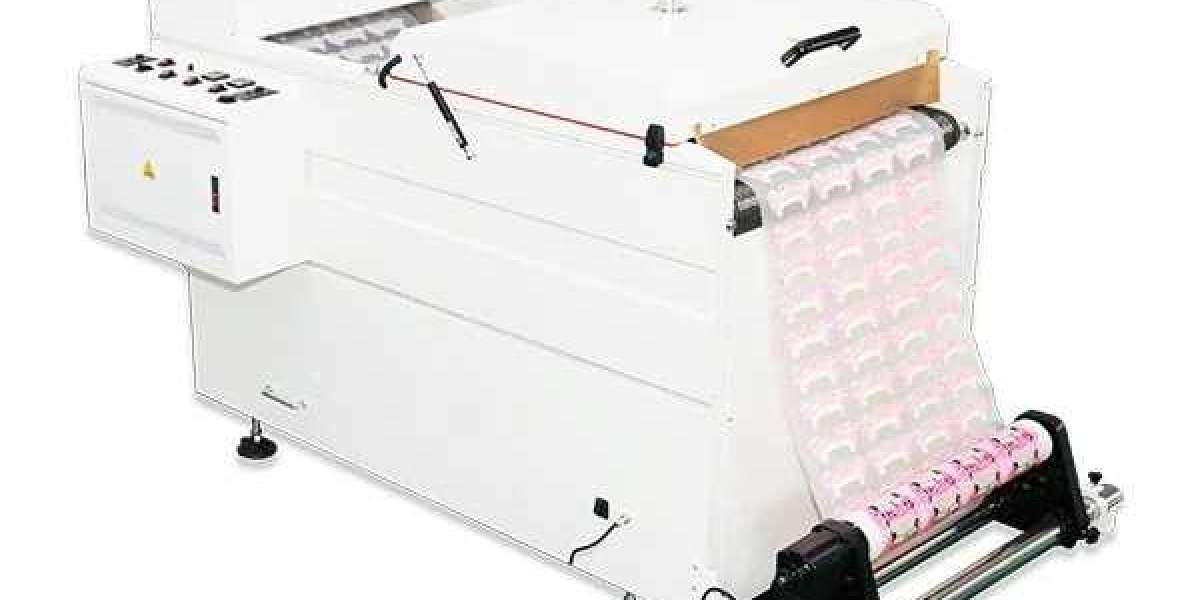Building-integrated photovoltaics (BIPV) is an innovative technology that integrates solar panels into the design of buildings, creating a seamless and aesthetically appealing solution for renewable energy generation. By incorporating BIPV systems into building envelopes, facades, roofs, and windows, architects and engineers can reduce energy consumption, enhance energy efficiency, and lower greenhouse gas emissions.
BIPV technology has gained considerable popularity in recent years due to its ability to reduce the carbon footprint of buildings and create sustainable energy solutions. Today, BIPV has become a prominent feature of modern architecture, and many manufacturers are now producing BIPV products for various building applications.
Building Integrated Photovoltaics Market is predicted to grow at a 17.9% CAGR between 2022 and 2030.
Building-Integrated Photovoltaics Manufacturers:
There are numerous BIPV manufacturers worldwide, offering a wide range of products for different building applications. Some of the leading BIPV manufacturers include:
- Tesla: Tesla, Inc. is a well-known manufacturer of electric cars and renewable energy products. The company also offers BIPV products, such as the Tesla Solar Roof, which integrates solar cells into roofing tiles to create a seamless and aesthetically pleasing solution for solar energy generation.
- Hanergy: Hanergy is a Chinese manufacturer of BIPV products, offering flexible solar panels that can be integrated into building facades, windows, and rooftops. Their products are designed to be lightweight, durable, and flexible, making them suitable for a wide range of building applications.
Building-Integrated Photovoltaics (BIPV) Applications:
BIPV technology can be applied to a wide range of building types, including commercial, residential, and industrial buildings. Some of the most common applications of BIPV technology include:
- Building Envelopes: BIPV panels can be integrated into the walls of buildings to create a visually appealing facade that generates electricity from the sun.
- Roofs: BIPV panels can be installed on rooftops to generate electricity from the sun while also protecting the building from weather damage.
- Windows: BIPV windows can be integrated into building facades to generate electricity while also providing natural light and insulation.
Building Integrated Photovoltaics (BIPV) Systems:
BIPV systems are designed to be fully integrated into the building envelope, creating a seamless and aesthetically pleasing solution for solar energy generation. These systems consist of solar panels, inverters, and other components that are integrated into the building envelope.
BIPV systems can be designed to meet the energy needs of the building, providing electricity for lighting, heating, cooling, and other electrical systems. These systems can also be connected to the grid, allowing excess energy to be sold back to the utility company.
BIPV Solar Panels:
BIPV solar panels are designed to be fully integrated into the building envelope, creating a seamless and aesthetically pleasing solution for solar energy generation. These panels can be made from a variety of materials, including glass, metal, and polymer, and can be designed to match the color and texture of the building envelope.
BIPV solar panels are highly efficient, converting sunlight into electricity with a high degree of accuracy. These panels are also designed to be durable, withstanding harsh weather conditions and extreme temperatures.
Conclusion:
Building-integrated photovoltaics (BIPV) technology offers a sustainable solution for renewable energy generation that is both aesthetically pleasing and highly efficient. By integrating solar panels into the design of buildings, architects and engineers can reduce energy consumption, enhance energy efficiency, and lower greenhouse gas emissions.


